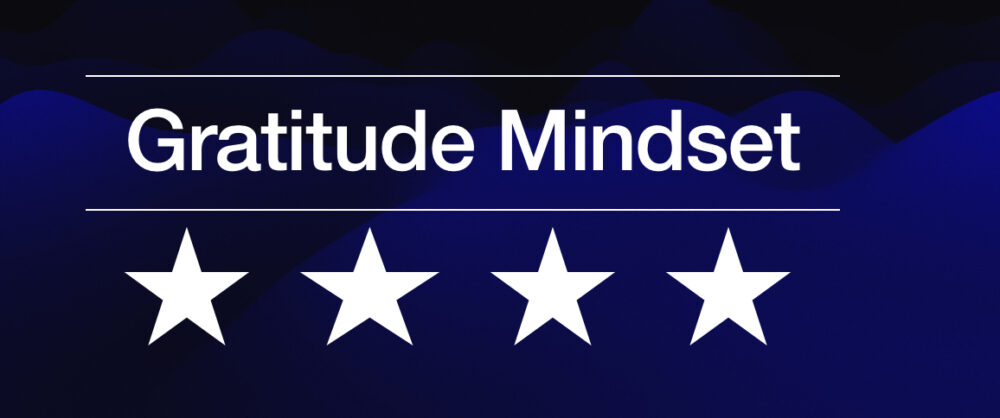Mental Health Is Health
Mental health is an important part of how we feel every day.
Unlock Your Mind’s Full Potential This May
In a world that often prioritizes physical health above all else, you sometimes forget that your mental well-being is just as crucial to living a truly fulfilling life.
This May, as you celebrate Mental Health Month, it’s time to shatter the stigma and embrace the fact that mental health is health.
Your state of mind impacts every aspect of your daily existence – from your relationships and productivity to your overall sense of happiness and purpose. When you neglect your mental health, you risk feeling weighed down by stress, anxiety, and negativity, unable to fully appreciate the beauty that surrounds you.
But when you prioritize your mental well-being, you open the door to a world of possibilities. You gain the clarity and resilience to tackle life’s challenges head-on, the confidence to pursue your dreams, and the ability to truly savor each moment.
So, this May, let’s embark on a journey of self-discovery and self-care. Let’s learn to quiet the inner critic, cultivate gratitude, and embrace the practices that nourish your minds, bodies, and souls. Because when you prioritize your mental health, you unlock your full potential to thrive.
Your mental health affects what you think about yourself, how you interact with the world around you, and how you generally approach each day. Changes in our mental health can get in the way of our routines, and—much like a sprained ankle, a lingering cough, or chronic pain—should be treated with the help of a healthcare provider.
MVP research supports the future of mental health care.
Just like your physical health, mental health combines different factors. Veterans in MVP help researchers study those factors to find ways to improve mental health care.
Researchers are using information from MVP to study posttraumatic stress disorder (PTSD), suicide prevention, depression, anxiety, substance use disorders, and other mental health conditions.
This research helps us understand more about mental health conditions, which could lead to improved screenings, preventions, interventions, and treatments for Veterans.
The Veterans Crisis Line offers 24/7 confidential crisis support for Veterans and their loved ones. Dial 988, then press 1.
One in a Million: Meet the Veterans of MVP
“It’s the right thing to do. If it’s going to help one person, it’s worth it. It’s worth my time; it’s worth everything.”
– Joseph Gurin, Army Veteran
Like this:
Like Loading...


